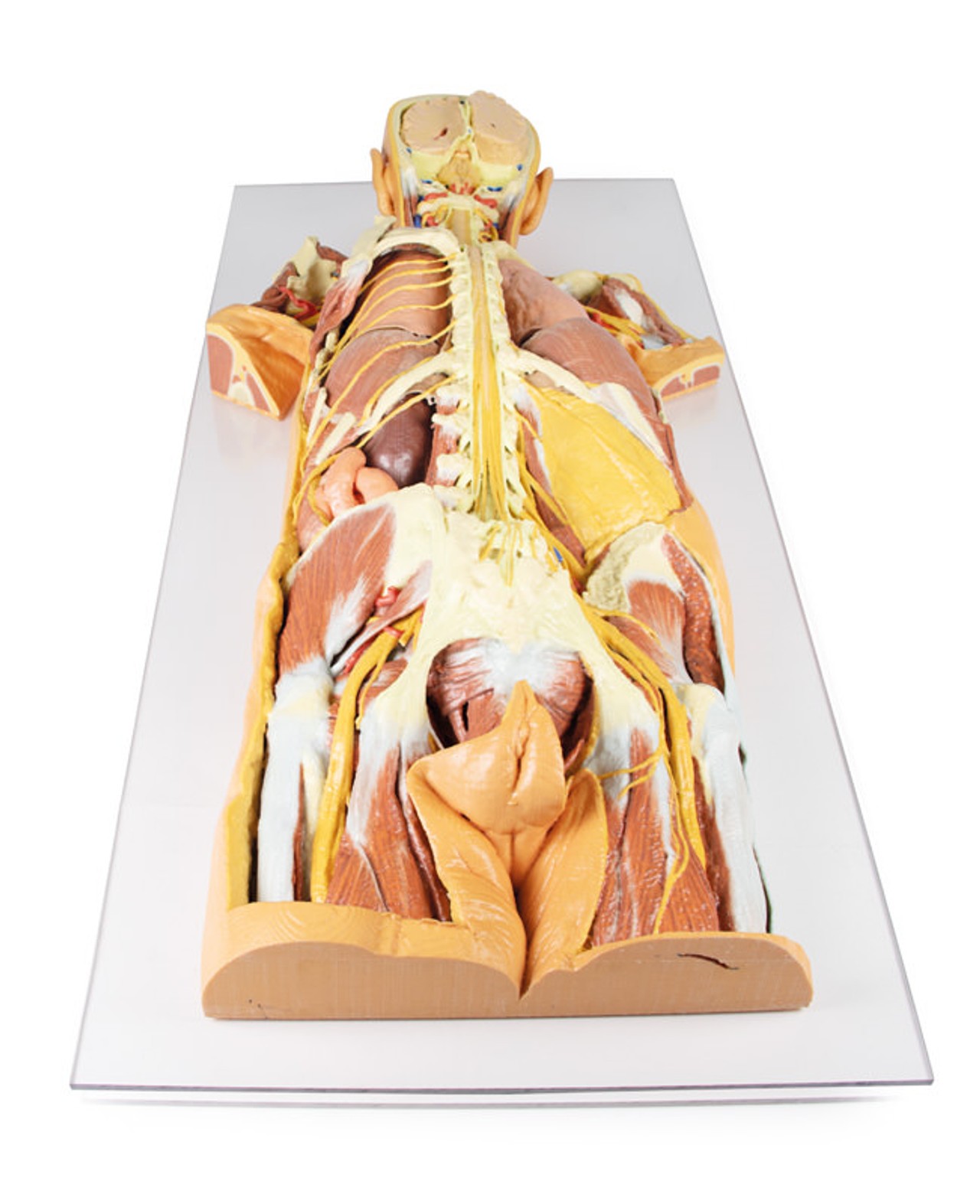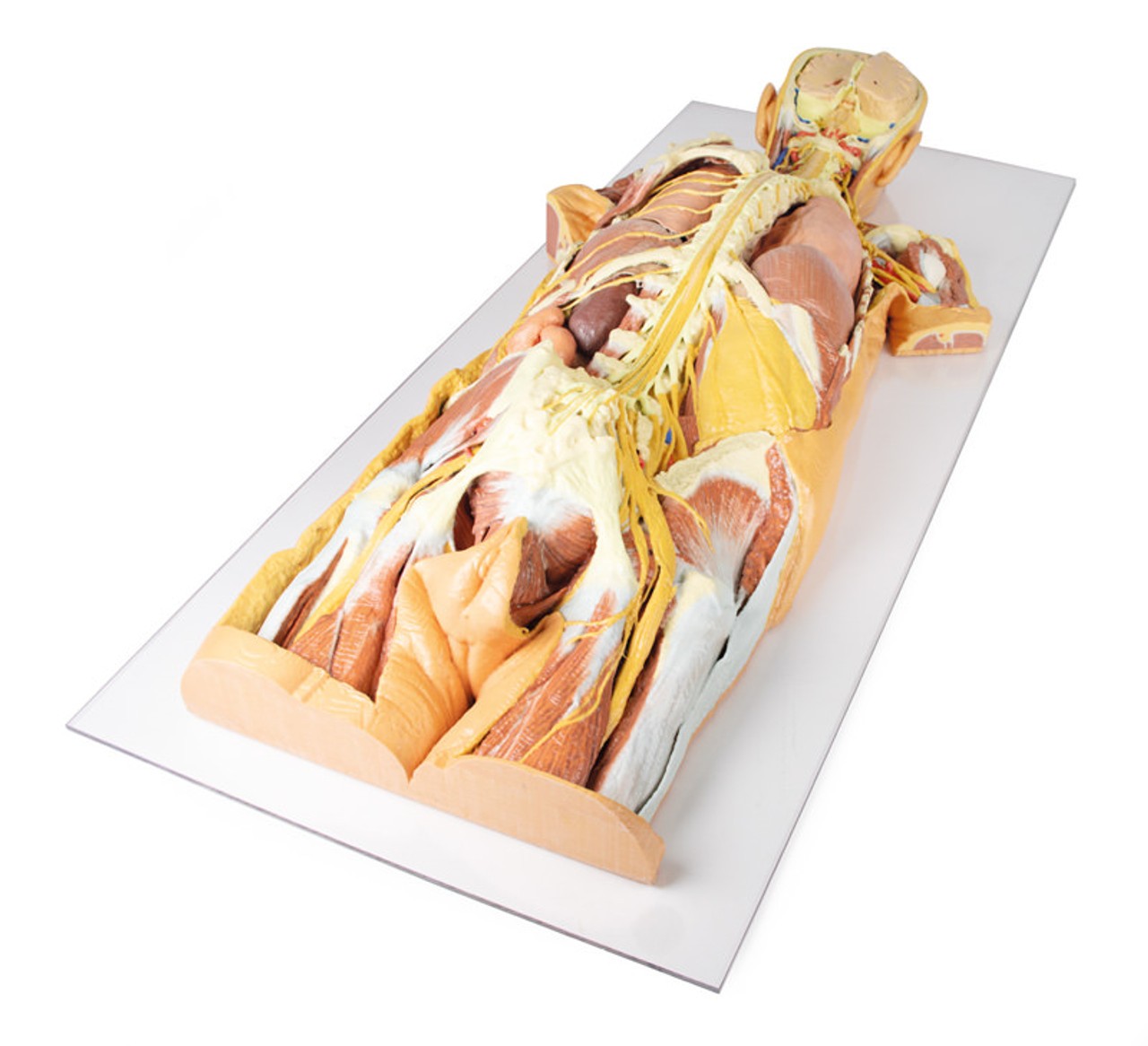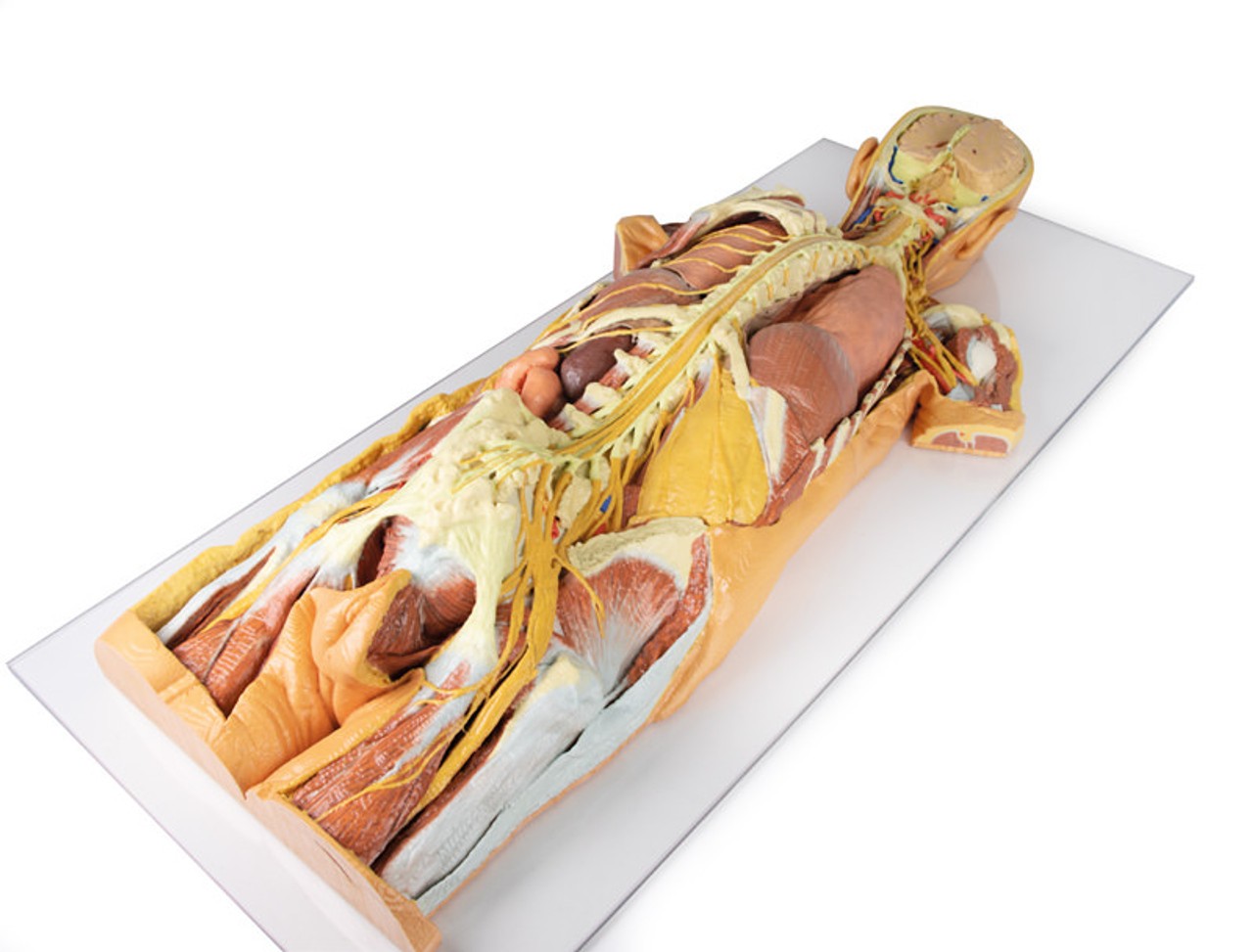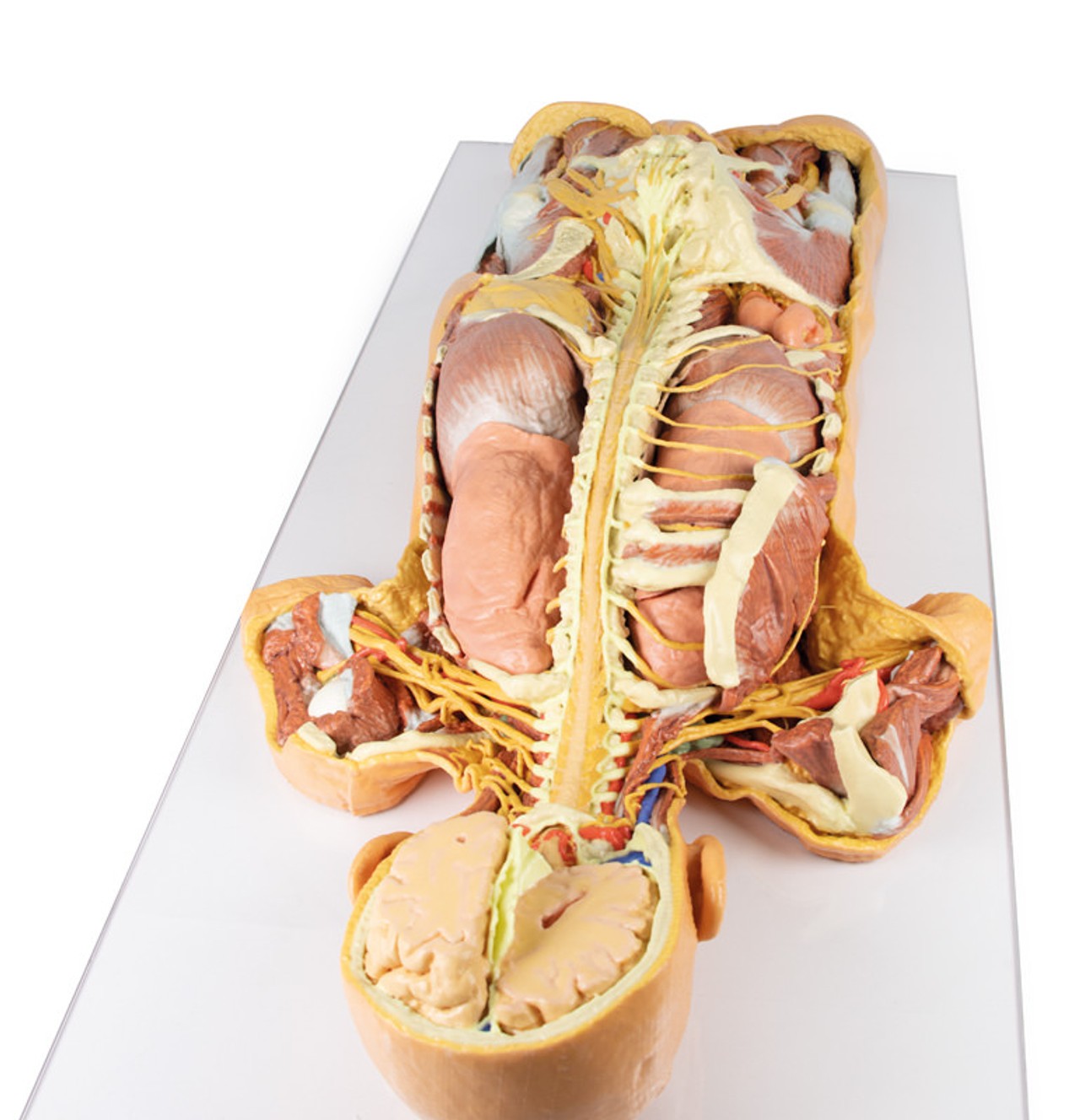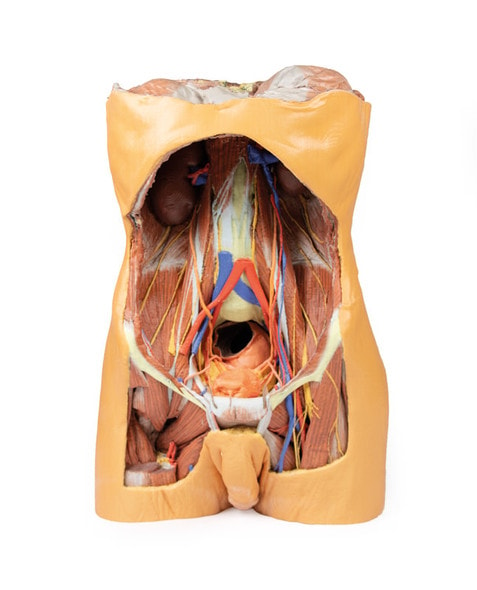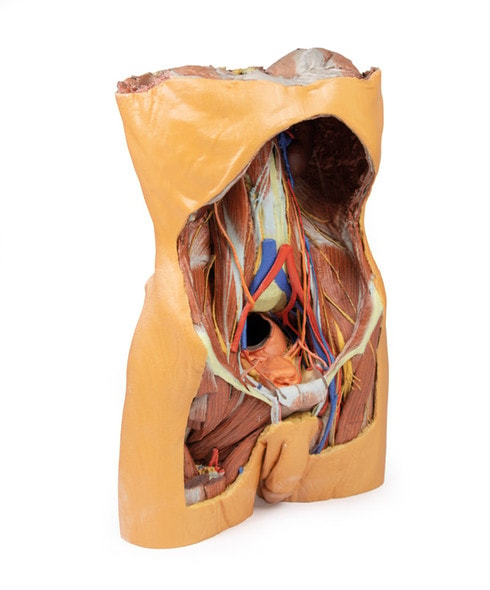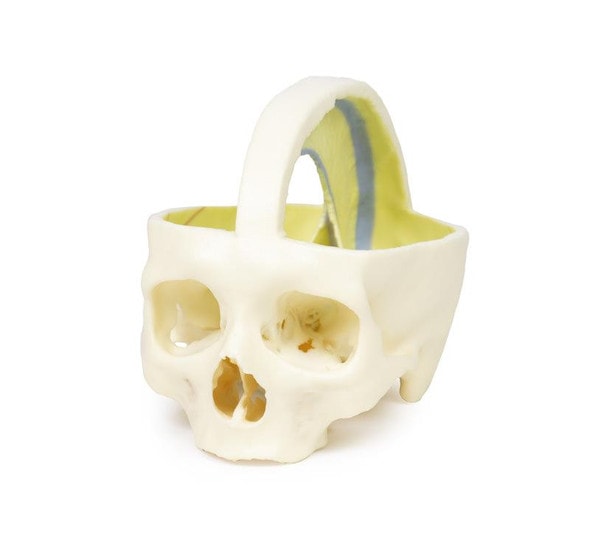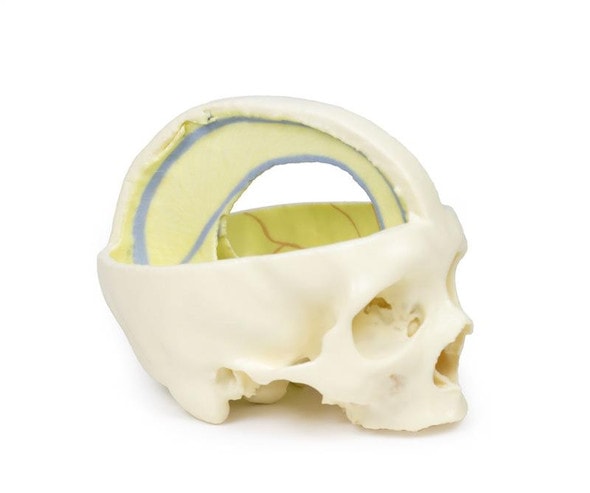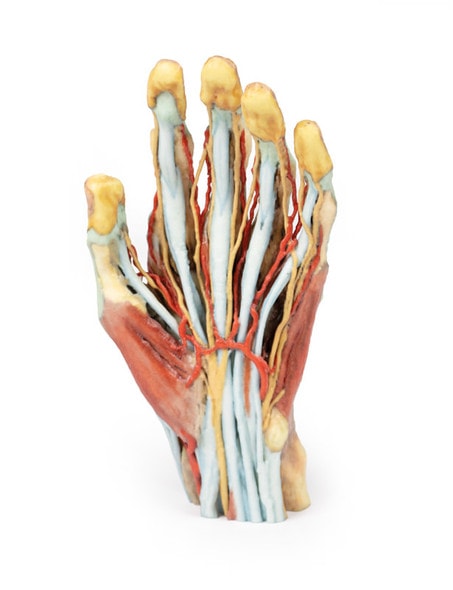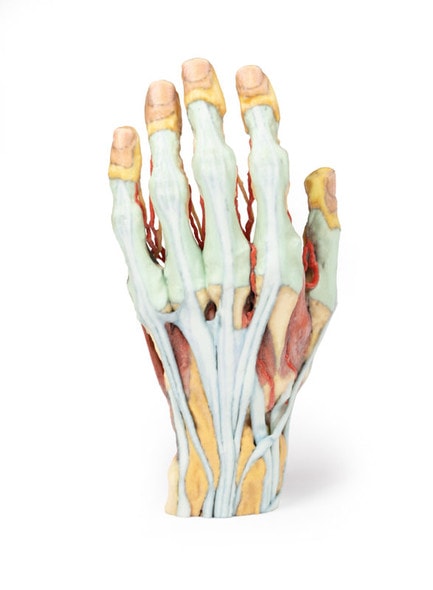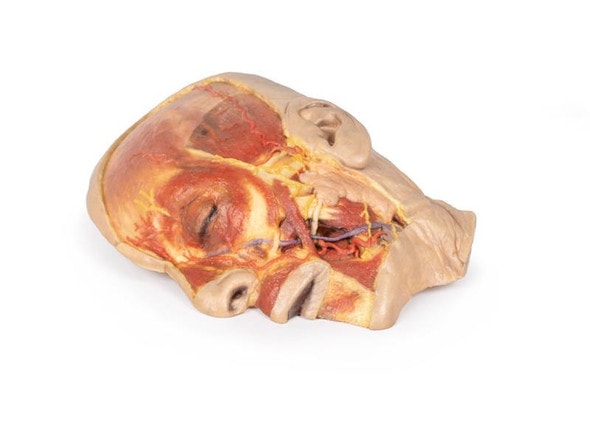Description
Unveil the Complexity of the Human Nervous System with 3D Precision
The 3D Printed Nervous System Dissection (Posterior View) is a cutting-edge anatomical model that offers unparalleled realism and detail. Designed using high-resolution 3D printing technology, it captures the intricate structures of the human nervous system from a posterior perspective. Perfect for medical students, educators, and professionals, this model provides an in-depth look at neural pathways and anatomical relationships. Add this advanced learning tool to your lab or classroom and experience anatomy like never before.
A Breakthrough Tool for Advanced Learning
Ideal for medical and healthcare training, this model helps users gain a thorough understanding of the human nervous system. It is designed for teaching complex neural connections and supporting in-depth studies of anatomy, neurology, and physiology. Educators can use this model to enhance their curriculum, while students and professionals can benefit from its accurate anatomical representation during study or patient education sessions.
Discover the Benefits of True-to-Life Anatomy
- Offers an unmatched level of detail for nerves and related anatomical structures.
- Perfect for medical schools, universities, and healthcare training centers.
- Assists students in preparing for clinical applications by studying realistic anatomical features.
- A durable, high-quality 3D printed tool that stands up to frequent use.
- Helps professionals explain complex neural anatomy to patients with ease.
Key Features of This 3D Printed Model
- High-resolution 3D printed design for lifelike detail.
- Realistic texture and color for accurate anatomical visualization.
- Posterior perspective for a comprehensive study of neural pathways.
- Ideal for teaching, studying, and clinical reference.
Technical Specifications of the Product
- Product dimensions: 16 in x 12 in x 32 in.
- Product weight: 11 lbs.
- Included with purchase:
- 1 x 3D Printed Nervous System Dissection (Posterior View) Model
- 1 x Protective Storage Case
- 1 x Product Manual

